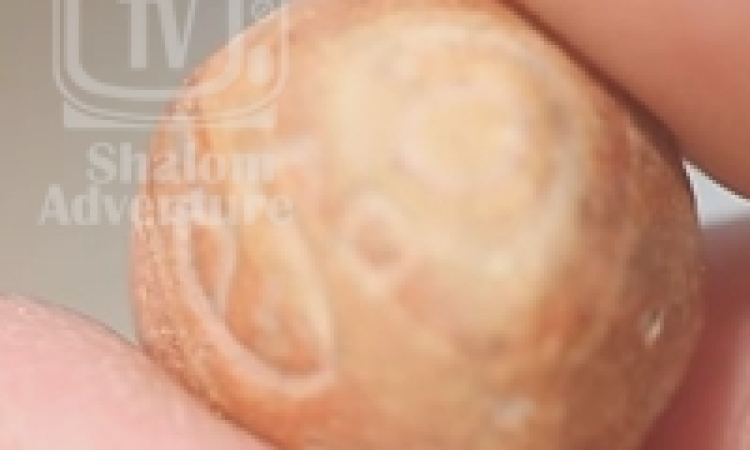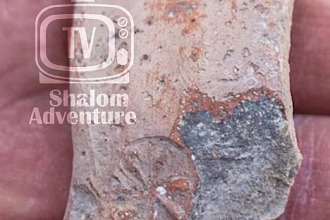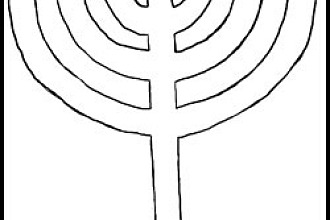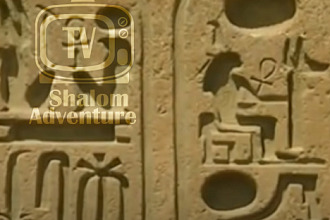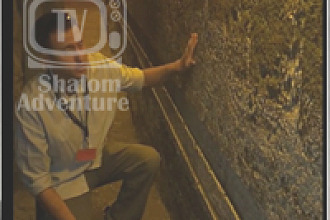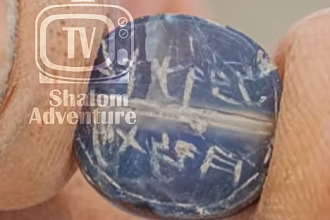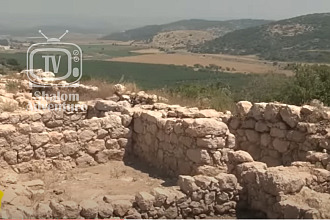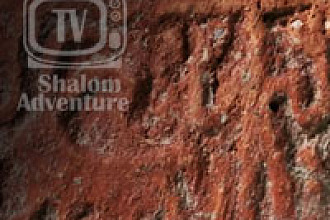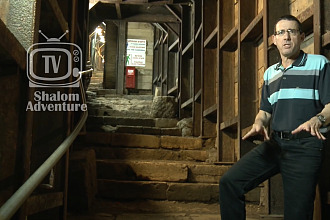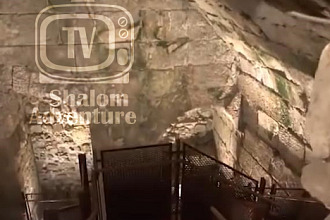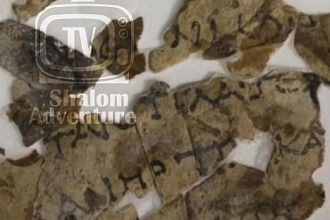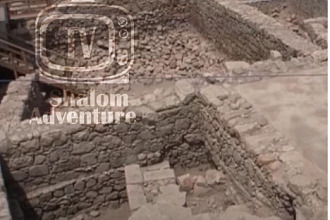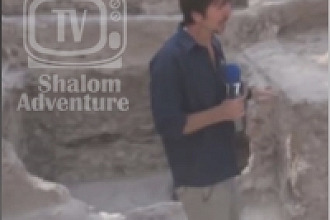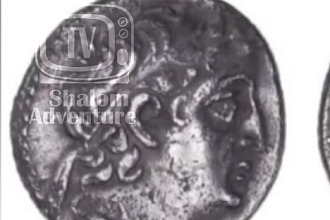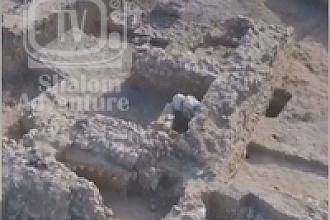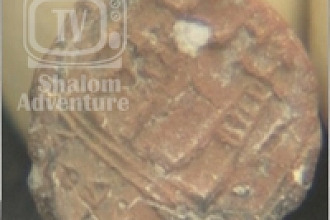A stone weight was unearthed from the foundation stones of the Western Wall and was probably used in the first Temple.
An archaeological soil composition analysis at Emek Tzurim National Park, located in the Kidron Valley on the western slope of the Mount of Olives and base of Mount Scopus, unearthed a rare stone with the Hebrew inscription, beka. Dating back 3,000 years to when King Solomon built the First Temple, beka stones from this era are rare because the inscription is written in mirror script from left to right rather than right to left, possibly a result of human error by the craftmen of the stones.
"When the half-shekel tax was brought to the Temple during the First Temple period, there were no coins, so they used silver ingots,” said Eli Shukron, archaeologist and director of excavations for the Israel Antiquities Authority, in a report by Arutz Sheva. Coins were not used at this time in history and are an artifact of Persian influence in Israel in the 5th century BCE.
“In order to calculate the weight of these silver pieces they would put them on one side of the scales and on the other side they placed the beka weight,” Shukron continued. “The beka was equivalent to the half-shekel, which every person from the age of twenty years and up was required to bring to the Temple."
Derived from the Hebrew verb beka, “to split,” the beka stone has scriptural basis as mentioned in Exodus chapter 38, verse 26: “One beka per head; that is half a shekel, according to the holy shekel, for each one who goes through the counting, from twenty years old and upward, for six hundred three thousand, five hundred and fifty people.” These half shekel taxes may have been used for temple maintenance and for purchase of animals for sacrifice.
"This 3,000-year-old beka weight, inscribed with ancient Hebrew was likely used in the First Temple, anchoring once again, the deep historical connection of the Jewish People to Jerusalem," Doron Spielman, Vice President of the City of David Foundation, stated in a report by the Ottawa Jewish Bulletin.
"It is a reminder from our ancestors in First Temple times telling us that the state of Israel of today does not rest only on a 70-year-old United Nations vote, but rather, rests upon a foundation that began more than three millennia ago. Every single day, archaeologists in the City of David are uncovering our past and preserving our future."
Written by: Erin Parfet

